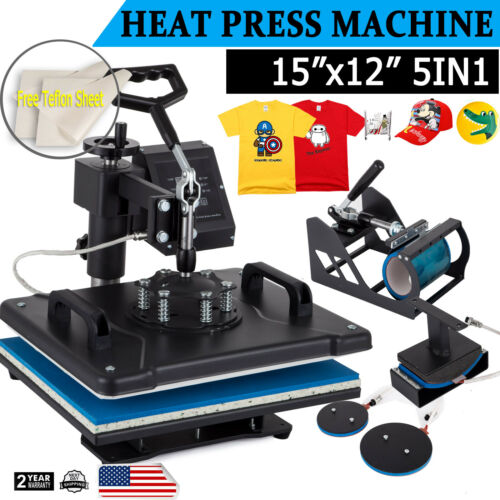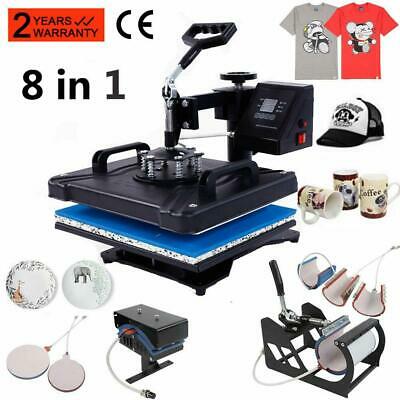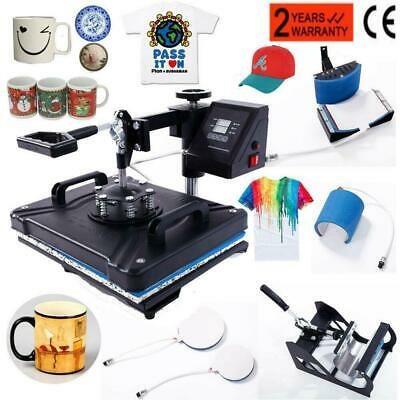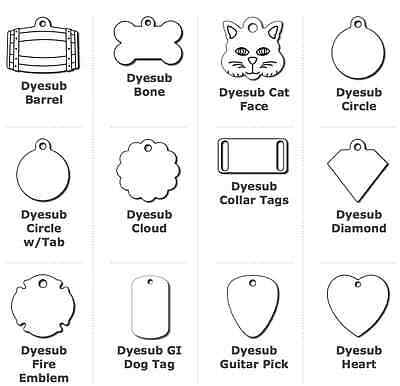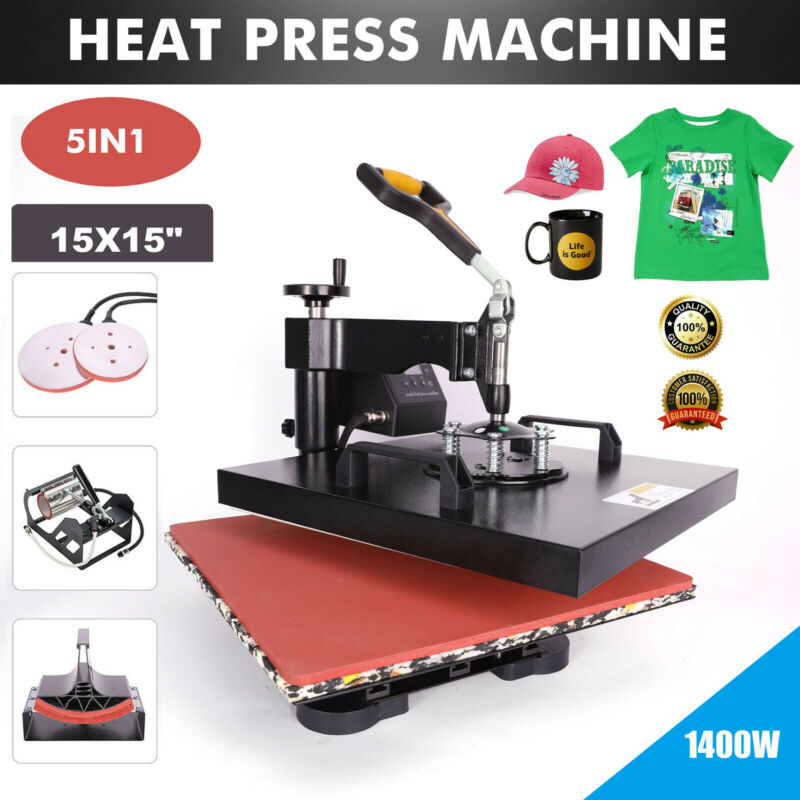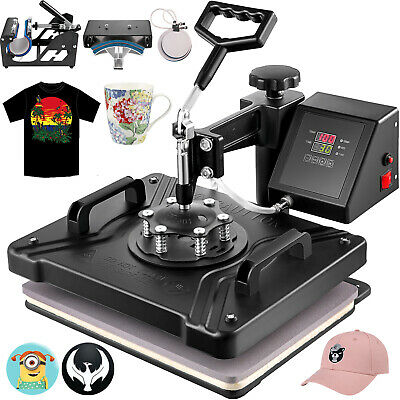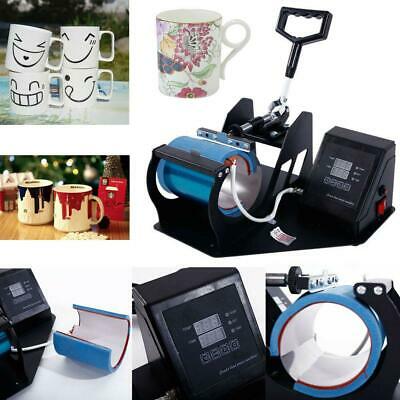-40%
PolyGloss: Sublimation coating for hard substrates tile, wood, metal, glass...
$ 22.69
- Description
- Size Guide
Description
PRODUCTDyepress PolyGloss: Sublimation coating for hard substrates (tile, wood, metal, glass, ceramic, etc.)
DESCRIPTION
16 oz. bottle of PolyGloss will coat approx. 65 sq. ft. or 240 mugs
PolyGloss will provide a high-gloss sublimatable coating for the following surfaces:
Wood
Ceramic Mugs & Tile
Metal - Stainless Steel Mugs, Aluminum Signs, License Plates, Zippo Lighters, Clipboards, Dog Tags, Key chains, Nameplates, Aluminum Water Bottles, Fridge Magnets, Christmas Ornaments
Polished Marble & Stone
Hardboard (aka Masonite, Thrifty White Board) Available at Home Depot in 4' X 8' sheets with "white-board" finish. Home Depot will cut down the large sheet into more manageable pieces free of charge. Smaller pieces can then be cut with a standard jigsaw.
Glass
PolyGloss is a 2-part, polyester resin that can be applied with common household tools. It cleans up easy with water and does not emit toxic fumes. The catalyst is added at a ratio of 1 ml for every ounce of PolyGloss. The PolyGloss mixture has a potlife of 18 hours. Unlike most 2-part resins, the mixture can be re-catalyzed after the potlife has expired by adding additional catalyst at the same 1 ml per ounce ratio. Catalyst and measuring syringe are included in package. We do not recommend using the dishwasher with PolyGloss coated substrates, since some dishwashers reach very high temperatures and this can re-activate the sublimation process causing the ink to bleed.
Directions:
Step 1: Add 1 ml of catalyst per ounce of Poly. Stir thoroughly.
Step 2: Clean surface with water. Clean metal with a solvent like Xylol to remove manufacturing grease.
Step 3: Application
Brush application: Apply one thin coat of PolyGloss mixture (if the PolyGloss is too thick, your paper will stick and your image will look "mushy"). If you need to add a 2nd coat, cure each layer of coating to be sure the coating is not too soft. Apply the PolyGloss in an environment with a minimum temperature of 60 degrees and a minimum humidity of 30%. The PolyGloss needs humidity to give the bubbles time to pop before the coating starts to dry. Slow drying is better than fast drying. If your bubbles don't pop completely, cure the dried substrate in the press with light to medium pressure to flatten the bubbles (see cure details below). Once you've sublimated the substrate you can apply a topcoat to "hide" the flattened bubbles. Use a humidifier to increase the humidity in your workspace in the future to avoid hardened bubbles.
Gravity-feed sprayer: Mixture can be thinned with 10% water for use with gravity-feed sprayer. Set air compressor for between 25 and 35 PSI. Apply enough PolyGloss mixture to allow the coating to flow together smoothly. The coating will look dull and textured if you do not apply enough coating. Clean sprayer and brush with water (do not use soaps or solvents).
WARNING: Wear face mask & eye protection if using a sprayer
Step 4: Once dry (2 to 3 hours), cure substrate in conventional oven at 340F for 22 minutes, convection oven at 300F for 22 minutes, OR on heat press with light pressure at 340F for 15 minutes (use parchment paper or silicone pad to protect finish). Cure wood in oven at 340F for 15 minutes or 12 minutes on the press with parchment paper or silicone pad for protection using light pressure. Cure metal in oven at 320F for 10 minutes or on press for 3 minutes with silicone pad. If coating burns or bubbles reduce temp by 10 degrees.
*If curing on the press, use parchment paper or silicone pad to protect the coating from de-glossing and getting dull patches.
Step 5: Sublimation times will vary by substrate and method. Whenever possible, press substrates face-down over foam (Vapor) or felt (Nomex) pad to get full contact with paper.
Here are a few examples: Press 4" ceramic tiles face down over foam/felt pad at 400F for 10 minutes. Press wood face-up with silicone pad over paper for 3 minutes at 400F with medium pressure. Press metal face-down for 45 seconds at 360F (turn temperature down if coating begins to bubble).
UV Protection: We recommend applying a topcoat of UV protection like Rust-Oleum 2X Ultra Cover Clear Spray Paint (available in matte or gloss at Walmart for .96) to ensure long-term color protection.
Instructions for coating soft substrates like canvas, linen, water-color paper, paper coasters, etc.:
Water-down the PolyGloss with 25% water. Apply with a brush or roller. Air dry or dry under the open heat press. Sublimate at 385F for 60 seconds.
Instructions for using PolyGloss with white paint to coat wood:
1. Mix 1 part (5 ml) PolyGloss with 5 parts (25 ml) white paint (white primer has worked the best with our tests)
2. Add 1ml catalyst per ounce (30 ml) of PolyPaint mixture from step one
3. Apply PolyPaint mixture to raw, unfinished wood with synthetic brush, roller, or sprayer
4. Allow to dry (approx. 1 hour)
5. Add 1ml catalyst per ounce of PolyGloss - stir thoroughly
6. Apply 1st layer of PolyGloss (with catalyst)
7. Allow to dry (1 to 2 hours)
8. Apply 2nd/final layer of PolyGloss (with catalyst)
9. Allow to dry (1 to 2 hours)
10. Cure on heat press with parchment paper (regular paper will stick) and silicone pad using light pressure at 340F for 12 minutes
11. Sublimate with butcher paper and silicone pad with medium pressure at 400F for 2 minutes (3 minutes for larger pieces of wood)
12. Apply water-based topcoat in desired sheen (matte, satin, semi-gloss, gloss)
Instructions for Coating the Backside of Glass:
1. Apply 2 thin coats of PolyGloss with catalyst to the back of the glass (allow to dry between coats).
2. Once dry, cure the coated glass at 340F for 22 minutes.
3. Once cool, sublimate your image face down over padding for 6 minutes at 400F (you may need to increase the time if the glass is more than 1/4 inch thick).
4. Once cool, spray a light coating of translucent white (i.e. Krylon Frosted Glass) over the image. Flip the glass over to see if your image is vibrant enough, if not apply a second coat of translucent white.
5. Once dry apply a topcoat of Rustoleum clear enamel (see picture above) to protect the white layer from scratches.
Coated substrates have no expiration date. In other words, you can coat a mug today, cure it next month and sublimate it next year.
HAVE A NICE DAY








